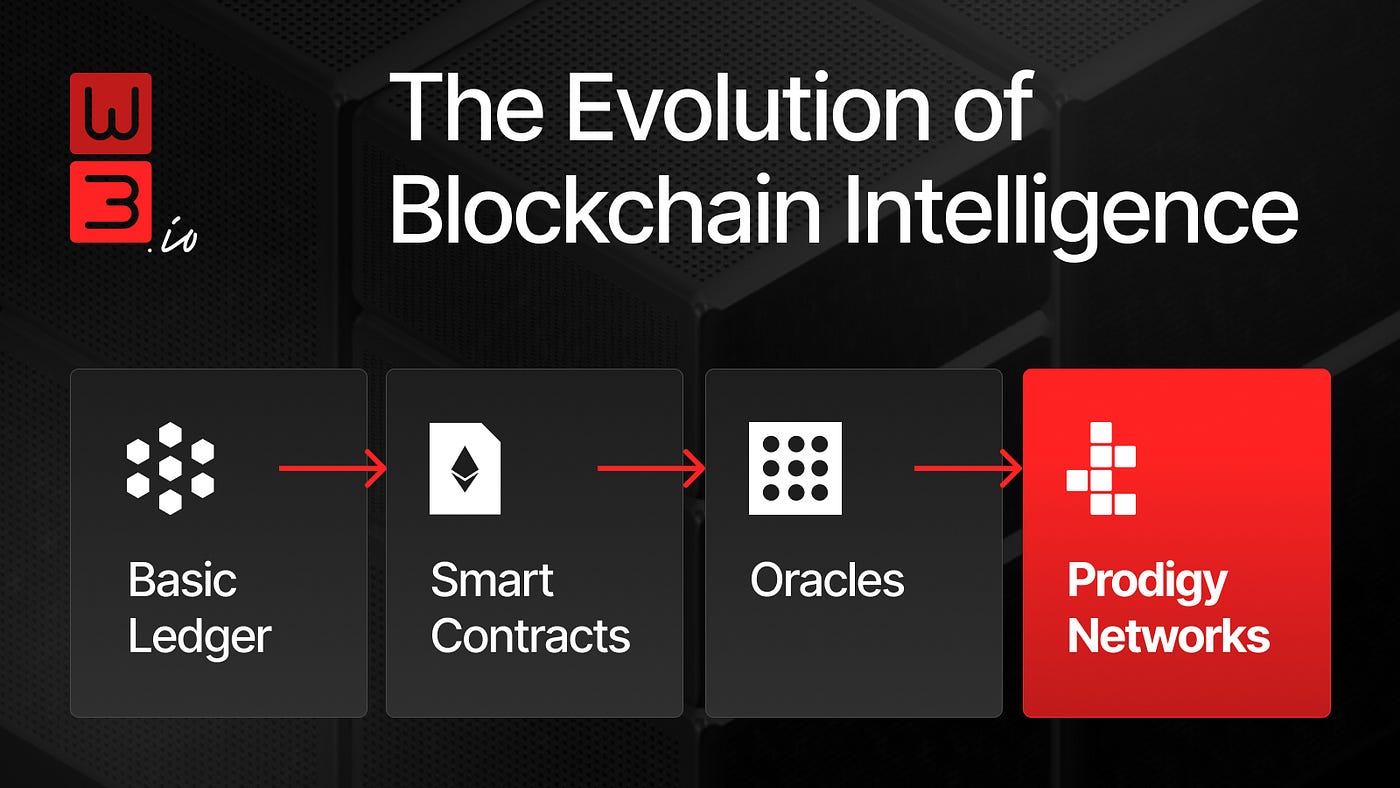
July 14, 2025
Web3 has a serious adoption problem. After nearly a decade in this space, I keep trying to answer one core question: What’s missing?

We know the promise of Web3 — decentralized, permissionless, immutable, and verifiable systems. Yet, wide scale adoption is only a fraction of the expectations. Why? Because the industry hasn’t solved the fundamental problem of showing users why Web3 is better, cheaper, faster, and more secure than all the next best alternatives.
The truth? It’s not just about technology. It’s also about utility and incentives.
At this very moment, ~60% of top crypto projects are struggling to reinvent themselves. The reason? Token models alone aren’t enough, what is needed is revenue! The winners in Web3 will be the ones that solve real business problems — not just create hype. In fact, BCG calls Real-World Use “the New Alpha”. BCG’s latest research report states that 74% of retail investors now prioritize real-world utility when evaluating tokens. Speculation is out, practical application is in! But what does that actually look like?
Here’s how we solve this!
Adoption doesn’t happen because something is “decentralized” or “immutable”. It happens because it’s undeniably better than all the other alternatives.
Web3’s next chapter is about programmable intelligence — systems that think, adapt, and act autonomously to real world situations.
Let’s look at the evolution of blockchains to better understand why now is the time for programmable intelligence:
Bitcoin — The first decentralized ledger. A breakthrough, but static.
Ethereum — Introduced smart contracts, but they’re rigid and lack intelligence.
Chainlink Oracles — Bridged off-chain data, but they only supply information, not decision-making.
Next Generation: Prodigy Networks — Intelligent, self-executing systems that analyze, adapt, and trigger automated workflows based on real world situations.

Prodigy Networks are how Web3 finally delivers on better, cheaper, faster! By providing out-of-the box intelligence and seamless two-way business automation for complex on-chain multi-party workflows. TL;DR — Prodigy Networks allow you to do things better on-chain than off-chain.
For years, the Web3 industry has focused on engineering talent — but it has neglected sales. The result? A massive gap in end-user adoption. Every week, people ask me “how do I get into the industry?” If they are an engineer, the answer is fairly straightforward: “build something”. If they are more business focused, the answer is more nuanced. What I want to do is tell them to “go sell something”, but there is nothing to sell.
Bitcoin has provided us with a high-level industry adoption roadmap that very few seem to be paying attention to. Bitcoin is where it is today not just because of its technology — but because it now has a salesforce!
The key? Businesses need solutions that drive measurable value. When those solutions exist, an army of sellers will inevitably emerge to evangelize them. TL;DR — If we want adoption, we need way more people out there selling.
Companies like IBM, Oracle, and Microsoft built trillion-dollar businesses by offering integrated IT solutions. Their strategy?
Customer-centric solutions that solve real business problems.
An ecosystem of partners that provide the technology required to make the solution feasible.
Single “Throat to Choke” where customers only had to make one call to resolve complex challenges that may be occurring under the hood.
Big Tech wanted to own the customer relationship as well as the top line revenue, because that’s what their investors cared about. This strategy enabled Public Cloud providers to do both, driving over $200B/year in revenues today. However, their selected sales vehicle, known as the Master Service Agreement, is ripe with manual processes, mind-numbing procurement processes and painfully slow vendor payments, where conflicts regularly occur across partners to determine who’s at fault or who is responsible for fixing issues.
Now, imagine Web3 powered by:
Modular, composable integrations — dramatically increasing the rate and pace of solution creation, while eliminating the need for expensive one-off integration work.
On-chain business logic and automation — eliminating the need for manual processes or human intervention, enabling solutions to think and act autonomously to real world events.
Instant Payment & Settlement — vendors can get paid immediately instead of the 30–90 days that is the Web2 standard with the added benefit of making cashflows themselves become programmable.
Verifiable workflows secured by blockchain: minimizing the need for dispute resolution and increasing solution auditability and security. Don’t trust, verify!
This is where W3.io comes in. We’re building the missing infrastructure that makes Web3 work for real business.
At W3.io, we’re pioneering a new approach to blockchain adoption — one built on real-world incentives, intelligent automation, and seamless integrations.
No one in Web3 is thinking this way. But this is how we make the entire blockchain ecosystem laser-focused on building faster, smarter, and more valuable solutions than anything that has come before.
Our mission? To bridge blockchains to reality and make it scalable.
Our vision? A world where businesses adopt Web3 not because it’s trendy — but because it’s essential.
Our goal? Become the world’s premiere destination for building intelligent Web3 solutions and as a result emerge as the largest decentralized sales force on the planet.
Let’s stop waiting for adoption to happen. Let’s build something the world actually needs.